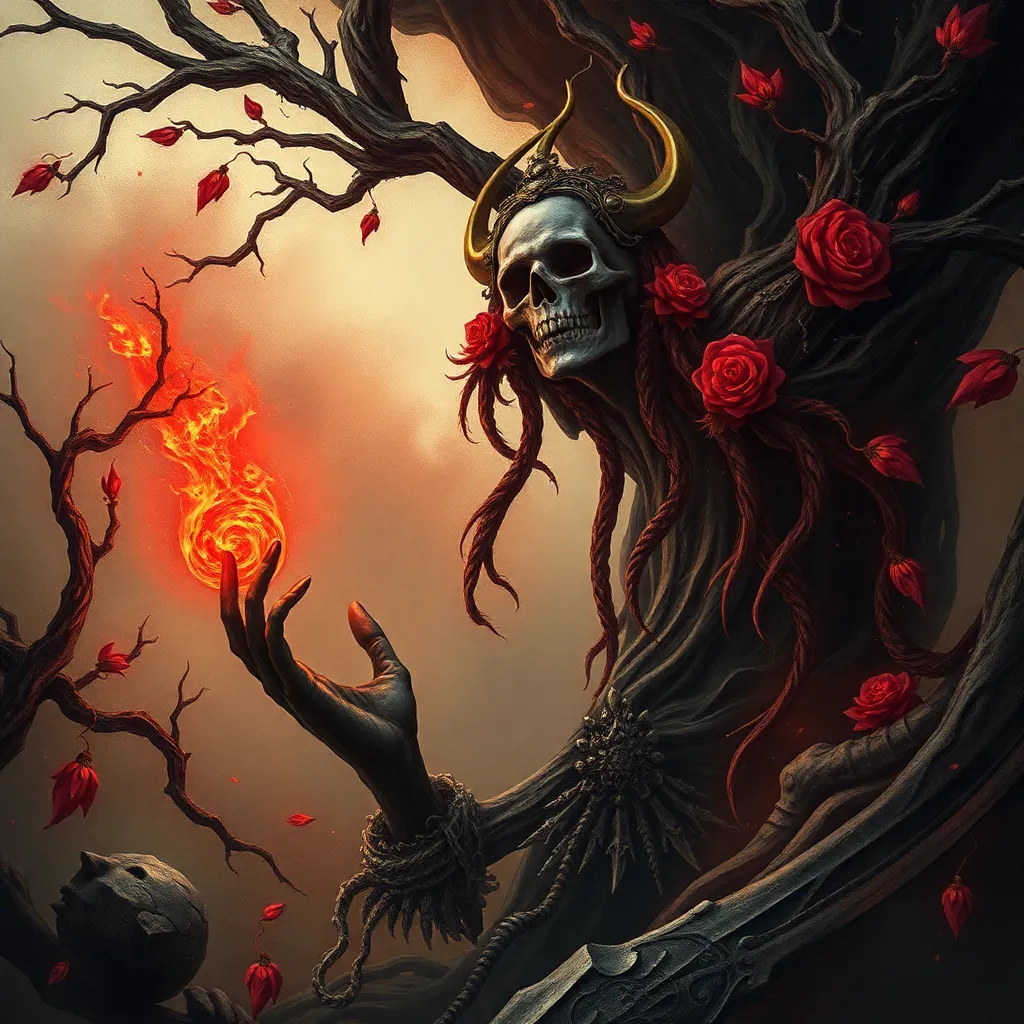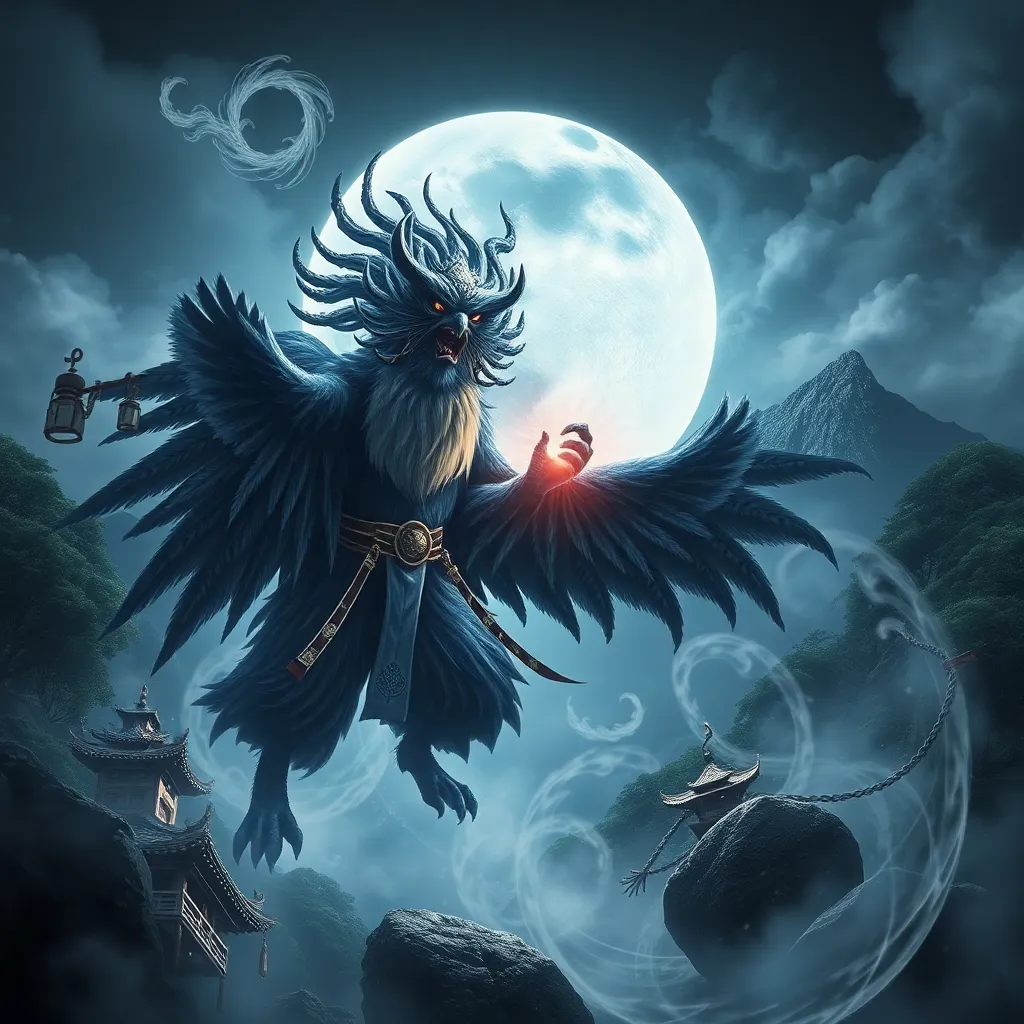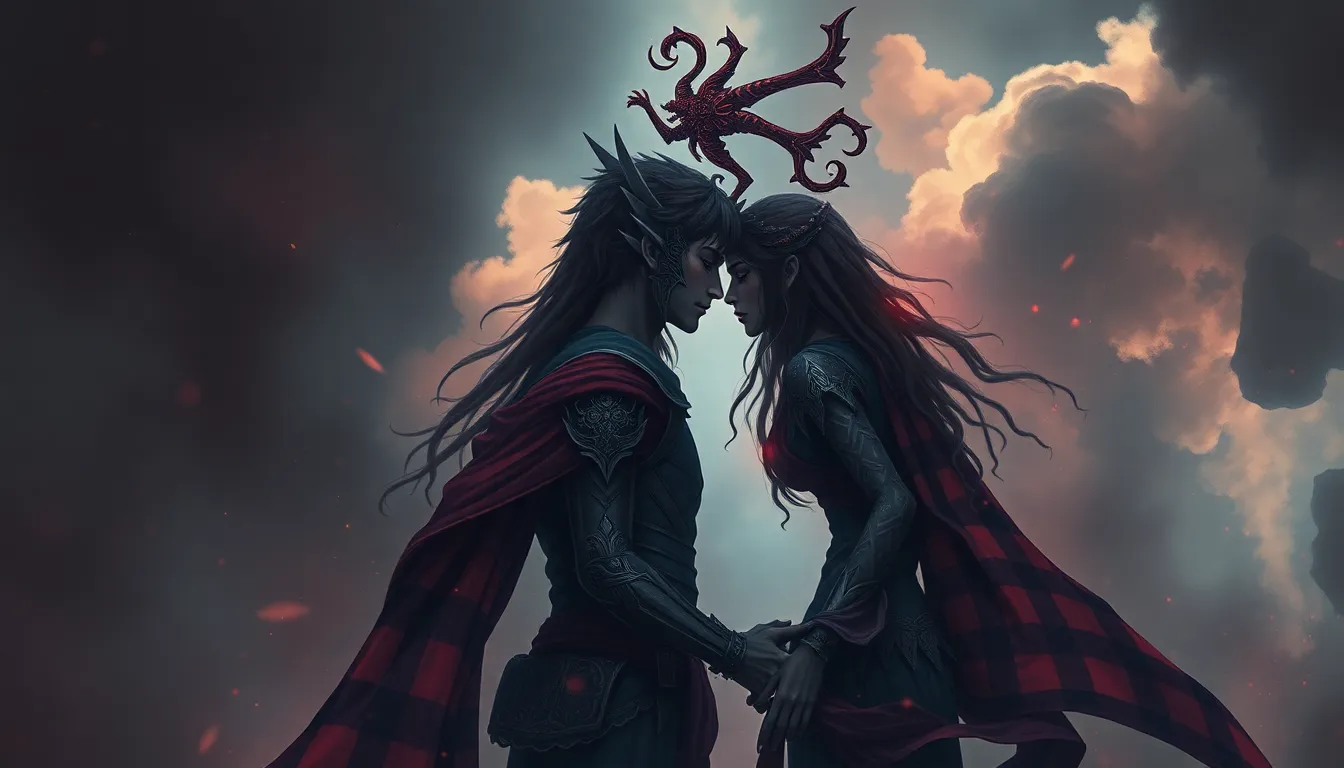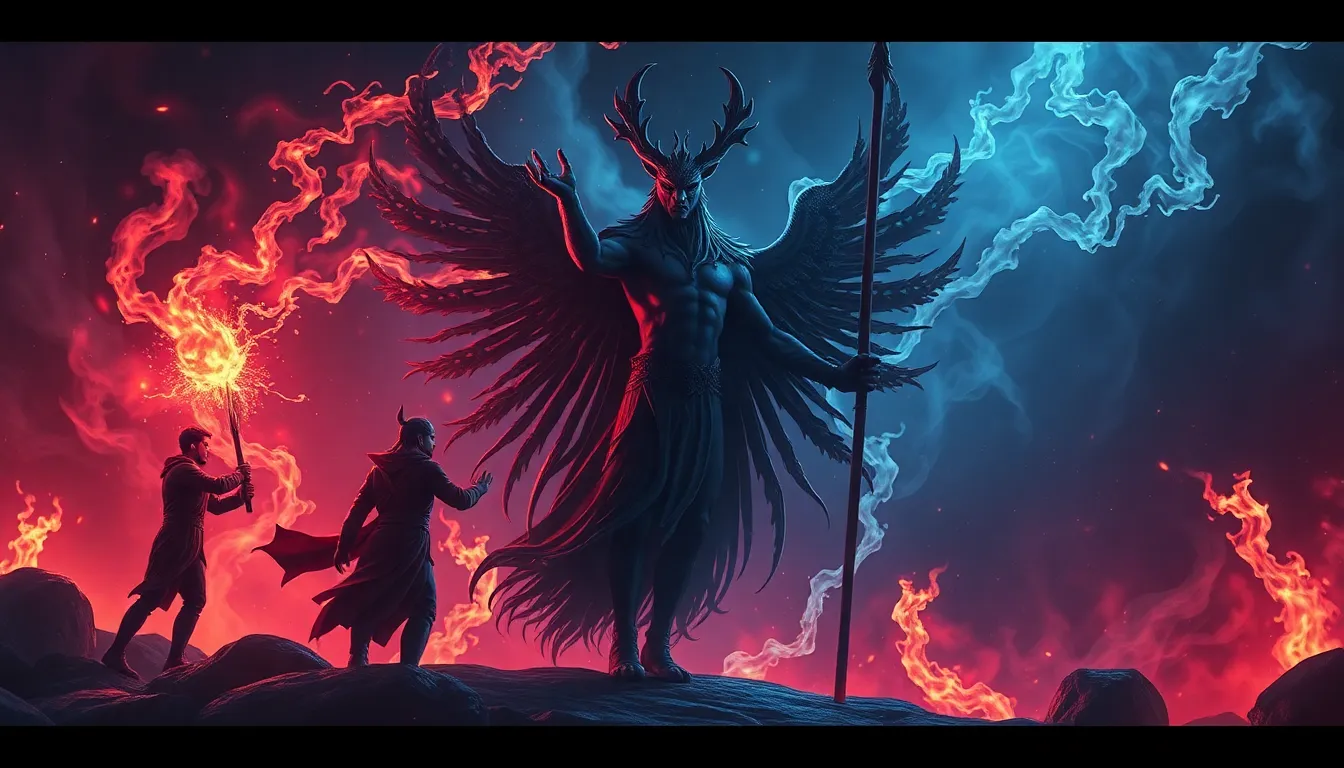The Deathless in Love: Koschei’s Romantic Entanglements in Slavic Stories
I. Introduction
Koschei the Deathless is a prominent figure in Slavic mythology, often depicted as an antagonist who embodies death and immortality. His stories are rich with themes of love, power, and the eternal struggle between good and evil. The importance of love and romance in Slavic folklore cannot be overstated; these elements often drive the narratives and shape the characters’ fates.
This article aims to explore Koschei’s romantic relationships, analyzing how these entanglements reflect broader themes within Slavic culture and mythology. By delving into the complexities of love and power in Koschei’s stories, we can gain a deeper understanding of his character and the significance of these tales in contemporary society.
II. The Mythical Origins of Koschei the Deathless
Koschei’s origins in Slavic folklore can be traced back to ancient oral traditions, where he is often depicted as a powerful sorcerer with a penchant for kidnapping beautiful maidens. His narratives vary across different Slavic cultures, but common themes and characteristics emerge.
- Historical Context: Koschei’s character likely evolved from pre-Christian Slavic beliefs, representing the chaotic forces of nature and the inevitability of death.
- Key Characteristics: Koschei is typically portrayed as an old man with a skeletal frame, possessing immense magical powers and immortality, which he maintains through a hidden source.
- Symbolism: The symbolism of immortality and death in his narrative serves to illustrate the complex relationship between life and love, often highlighting the consequences of his actions.
III. Koschei’s Romantic Interests: A Closer Look
Koschei’s relationships are often marked by obsession and desire, reflecting a darker aspect of love. His primary romantic figures include beautiful maidens who he often attempts to possess.
- Primary Figures: The most notable romantic interest is often the character of Marya Morevna, a brave and resourceful princess who becomes embroiled in Koschei’s schemes.
- Nature of His Love: Koschei’s love can be described as obsessive and possessive, leading to tragic outcomes for his partners.
- Dynamics: The dynamics in his relationships often revolve around power struggles, with Koschei’s supernatural abilities pitted against the resilience and cunning of his love interests.
IV. The Role of Women in Koschei’s Stories
Women in Koschei’s stories are often depicted as both victims and heroines, reflecting the multifaceted nature of female characters in Slavic mythology.
- Depiction of Female Characters: Women are often portrayed as beautiful, strong, and capable, challenging Koschei’s authority while navigating the dangers he presents.
- Interplay with Koschei: The interactions between Koschei and his romantic partners often highlight the tension between their desires and the oppressive nature of his love.
- Agency and Power: Despite Koschei’s overwhelming power, the women in his stories frequently exercise their agency, finding ways to resist or escape his grasp.
V. Love vs. Power: Thematic Conflicts
The tension between love and power is a central theme in Koschei’s narratives, illuminating the complexities of human relationships.
- Tension Exploration: Koschei’s relationships often depict love as a force that can lead to both empowerment and destruction, emphasizing the duality of affection and domination.
- Societal Themes: These conflicts reflect broader societal themes, such as the struggle for autonomy and the impact of patriarchal structures on romantic relationships.
- Character Development: Love profoundly impacts Koschei’s character, often exposing his vulnerabilities and leading to moments of introspection.
VI. Symbolic Interpretations of Koschei’s Love Life
Koschei’s romantic entanglements can be interpreted through various psychological and allegorical lenses, enriching our understanding of his character.
- Psychological Readings: Koschei’s obsession with love can be seen as a manifestation of deeper psychological conflicts, representing the fear of loss and the desire for connection.
- Transformative Force: Love serves as a transformative force in Koschei’s narratives, often leading him to moments of reflection and change.
- Cultural Connections: Koschei’s stories connect to broader Slavic cultural motifs, such as the interplay between life and death, and the quest for redemption through love.
VII. Modern Adaptations and Interpretations
In contemporary media, Koschei’s character has evolved, with modern interpretations offering fresh perspectives on his romantic relationships.
- Contemporary Portrayals: Modern adaptations often explore the complexities of Koschei’s love life, presenting him as a more nuanced character struggling with his immortality.
- Influence on Literature and Art: Koschei’s stories continue to inspire writers and artists, reflecting enduring themes of love, power, and the human condition.
- Character Evolution: In modern retellings, Koschei’s character may be depicted with a greater emphasis on his emotional struggles and the consequences of his actions.
VIII. Conclusion
In summary, Koschei’s romantic entanglements reveal the complexity of love within Slavic mythology. His relationships are marked by obsession and power struggles, reflecting broader societal themes and the enduring nature of these stories.
The significance of love in shaping Koschei’s mythos cannot be overstated, as it serves to humanize him and provide insight into his character development. Ultimately, these narratives remain relevant in today’s culture, inviting us to explore the timeless themes of love, power, and the eternal conflict between life and death.



